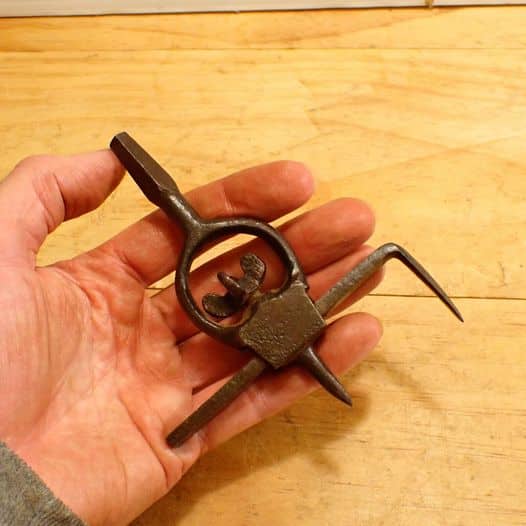The vintage washer cutter, designed for use with a brace and bit tool, exemplifies the ingenuity and craftsmanship of early toolmakers. This circular cutter, often referred to as a washer cutter, has a rich history, varied usage, and a legacy that continues to influence modern woodworking and metalworking tools.
History of the Washer Cutter
The washer cutter originated in the late 19th and early 20th centuries, during a period of rapid industrialization and innovation in toolmaking. Craftsmen and inventors aimed to improve efficiency and precision in woodworking and metalworking, leading to the creation of the washer cutter, a specialized tool for cutting perfect circles or washers from various materials.
Originally crafted from high-quality steel, these cutters featured adjustable arms to accommodate different diameters. Their versatile and precise design made them essential in workshops and factories. The integration with the brace and bit, a common hand-powered drill, further enhanced their usability, allowing craftsmen to cut clean, precise circles without powered machinery.
Usage of the Washer Cutter
The washer cutter was primarily used to create circular cutouts or washers from wood, metal, leather, and rubber. The typical process involved:
- Setup: Mounting the cutter on a brace and adjusting the arms to the desired diameter.
- Positioning: Placing the tool on the material where the cut was needed.
- Operation: Rotating the brace manually, causing the cutter’s arms to slice through the material in a circular motion.
Continue reading on next page…

